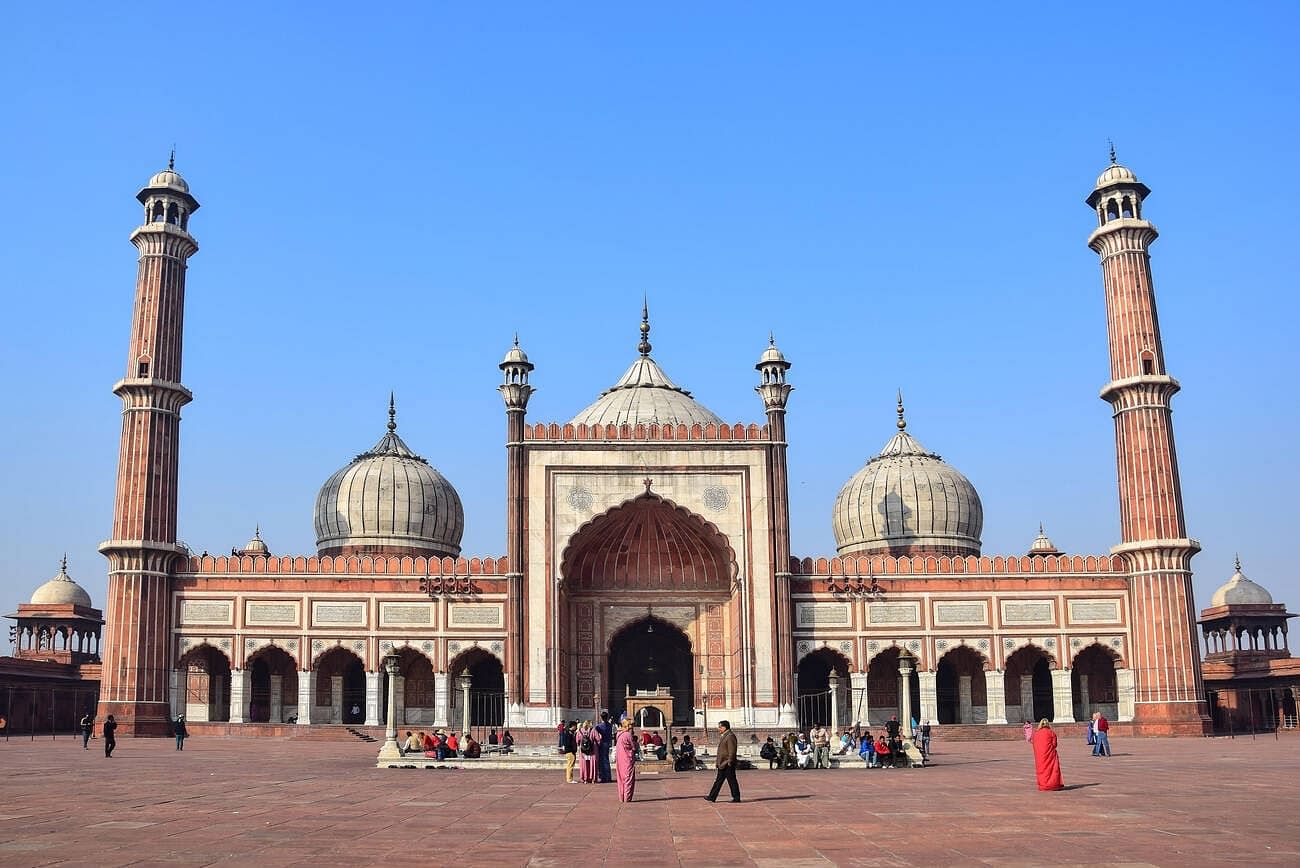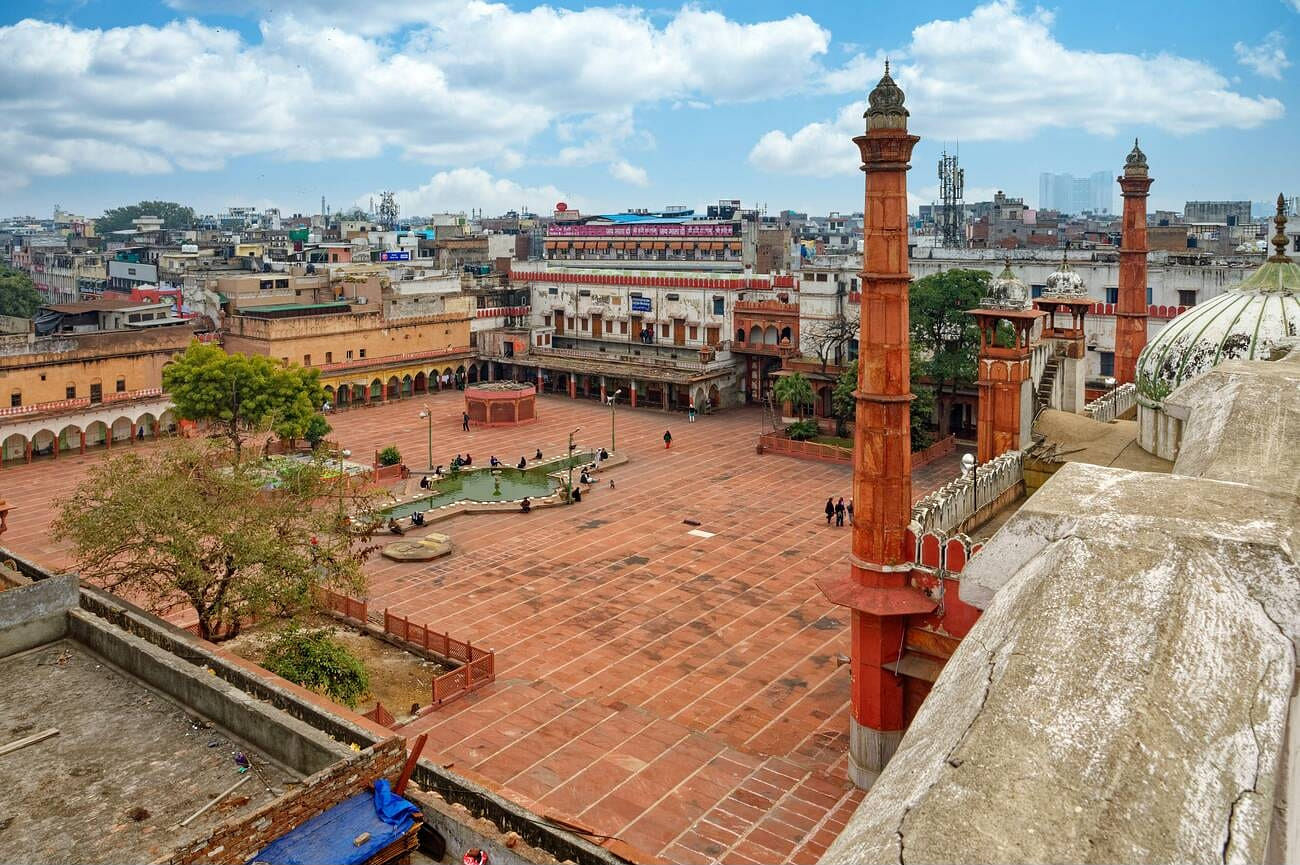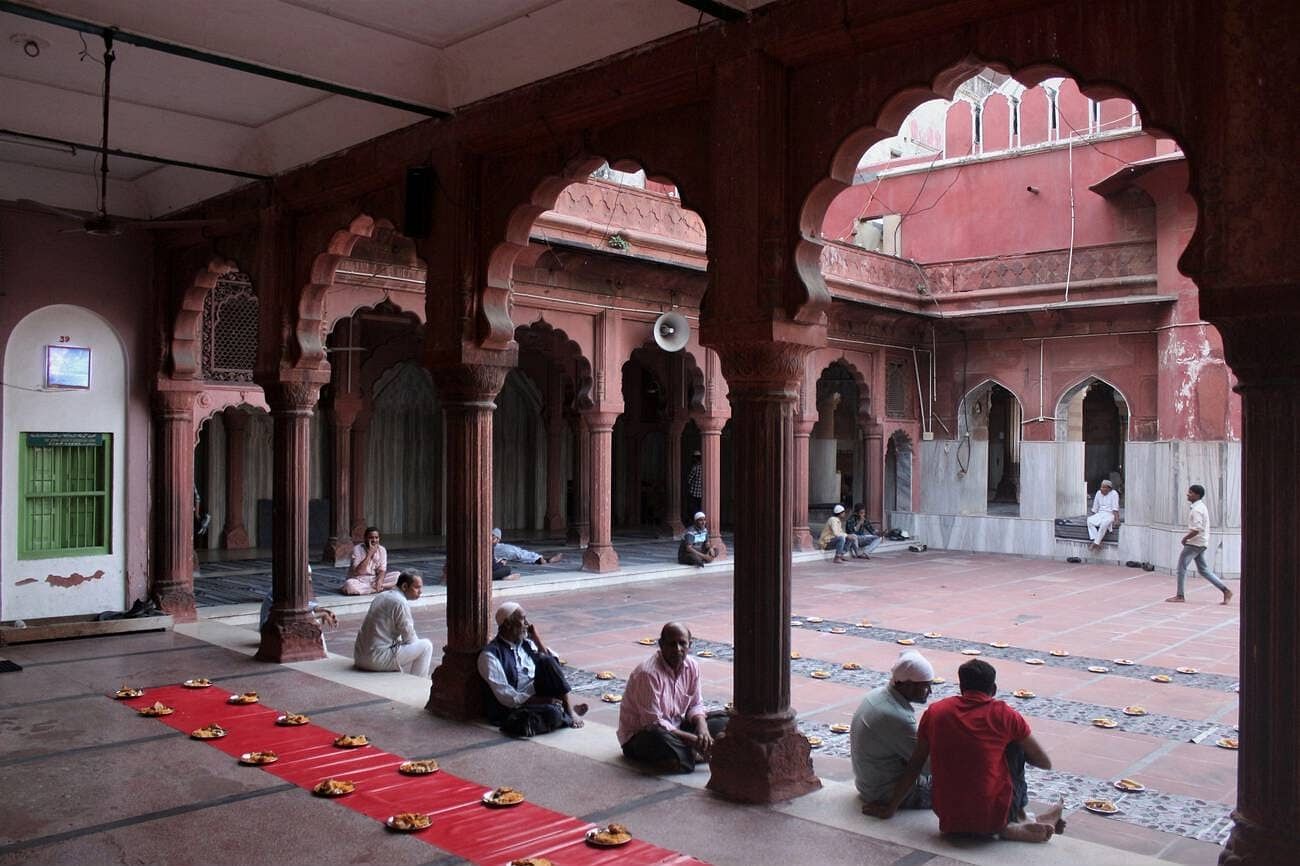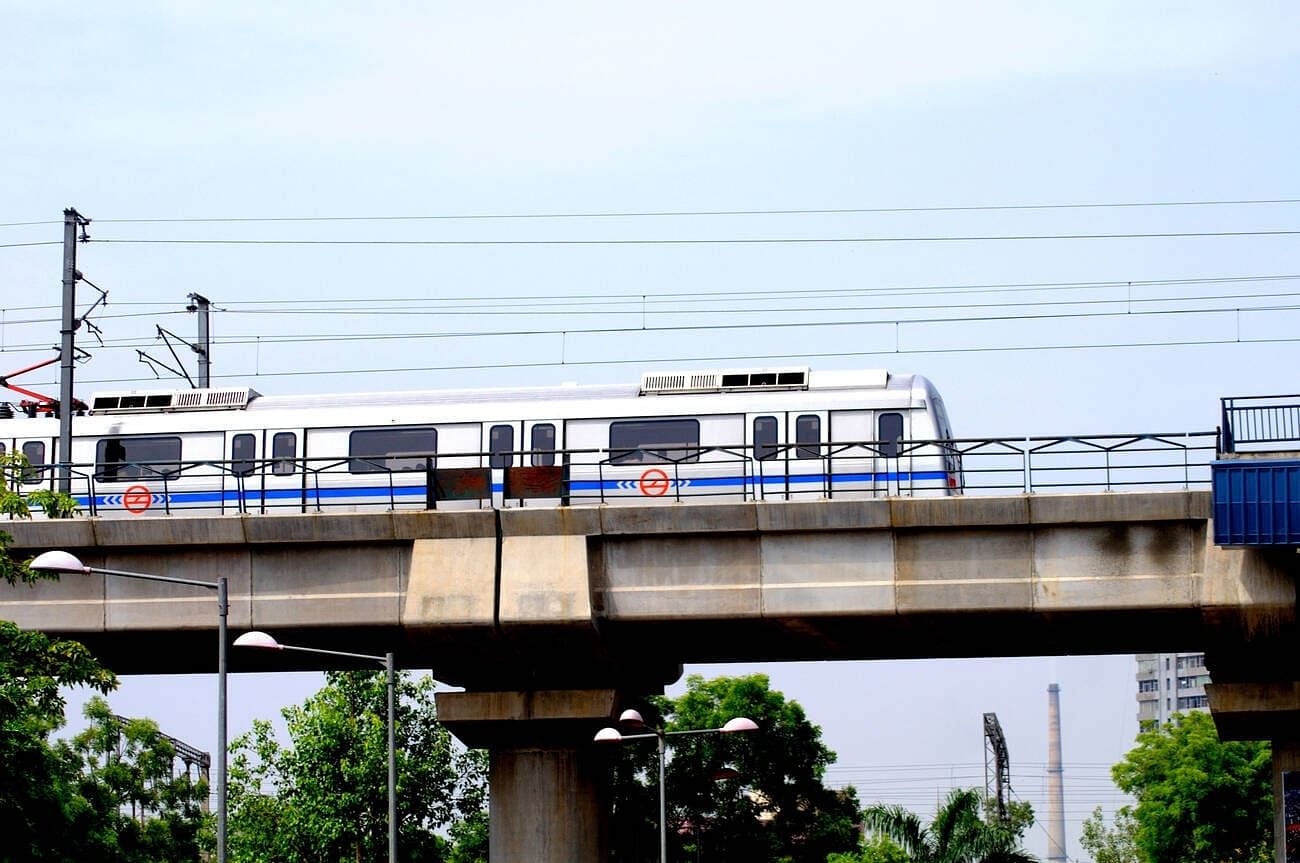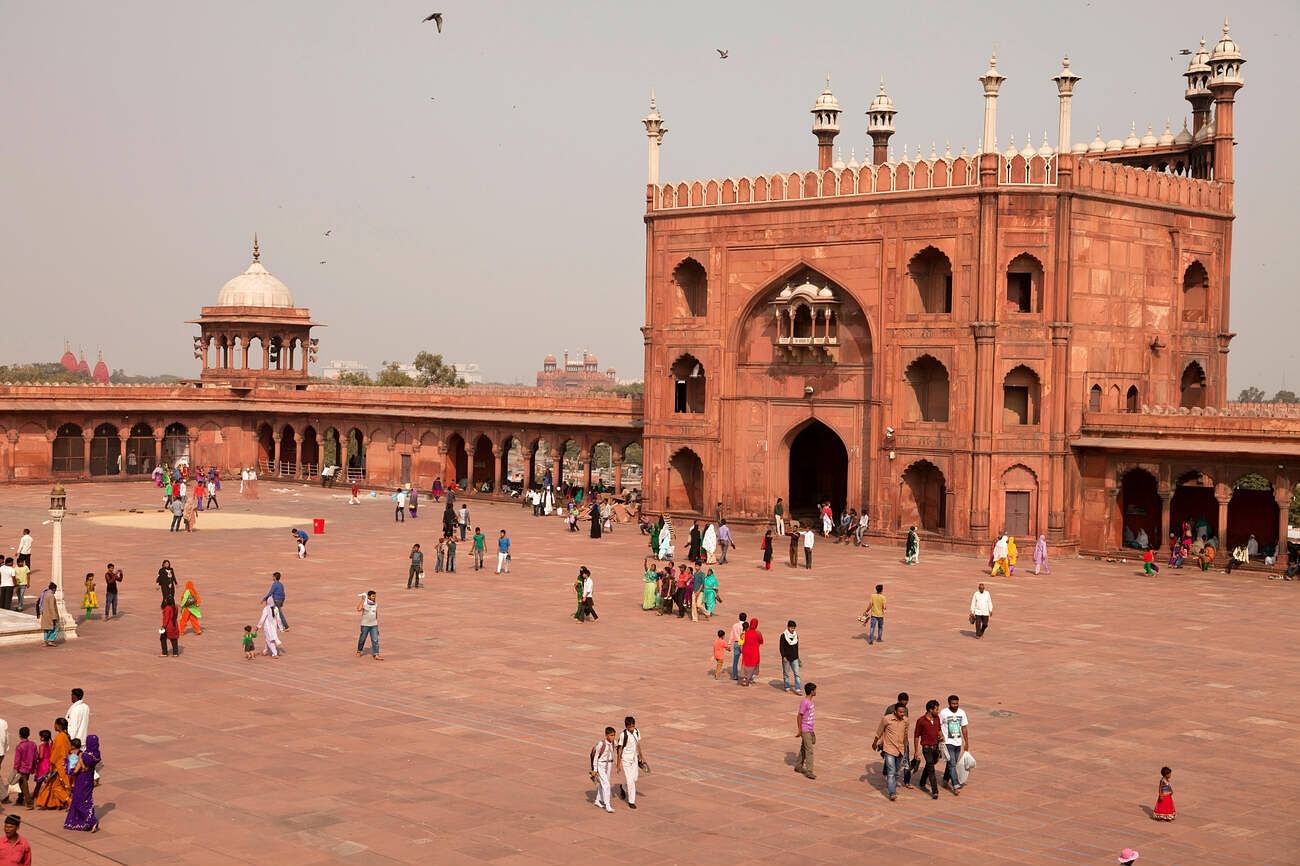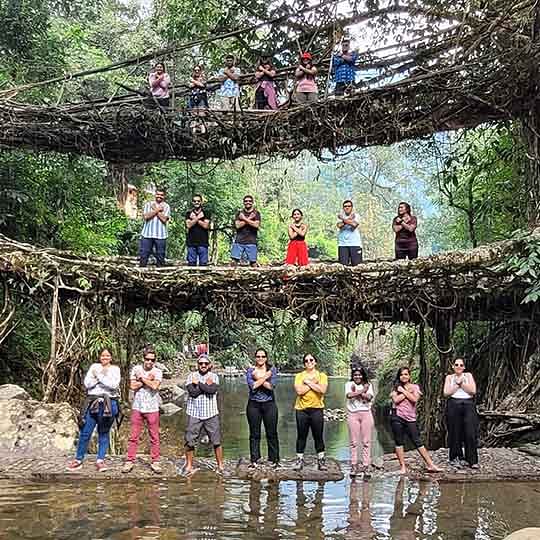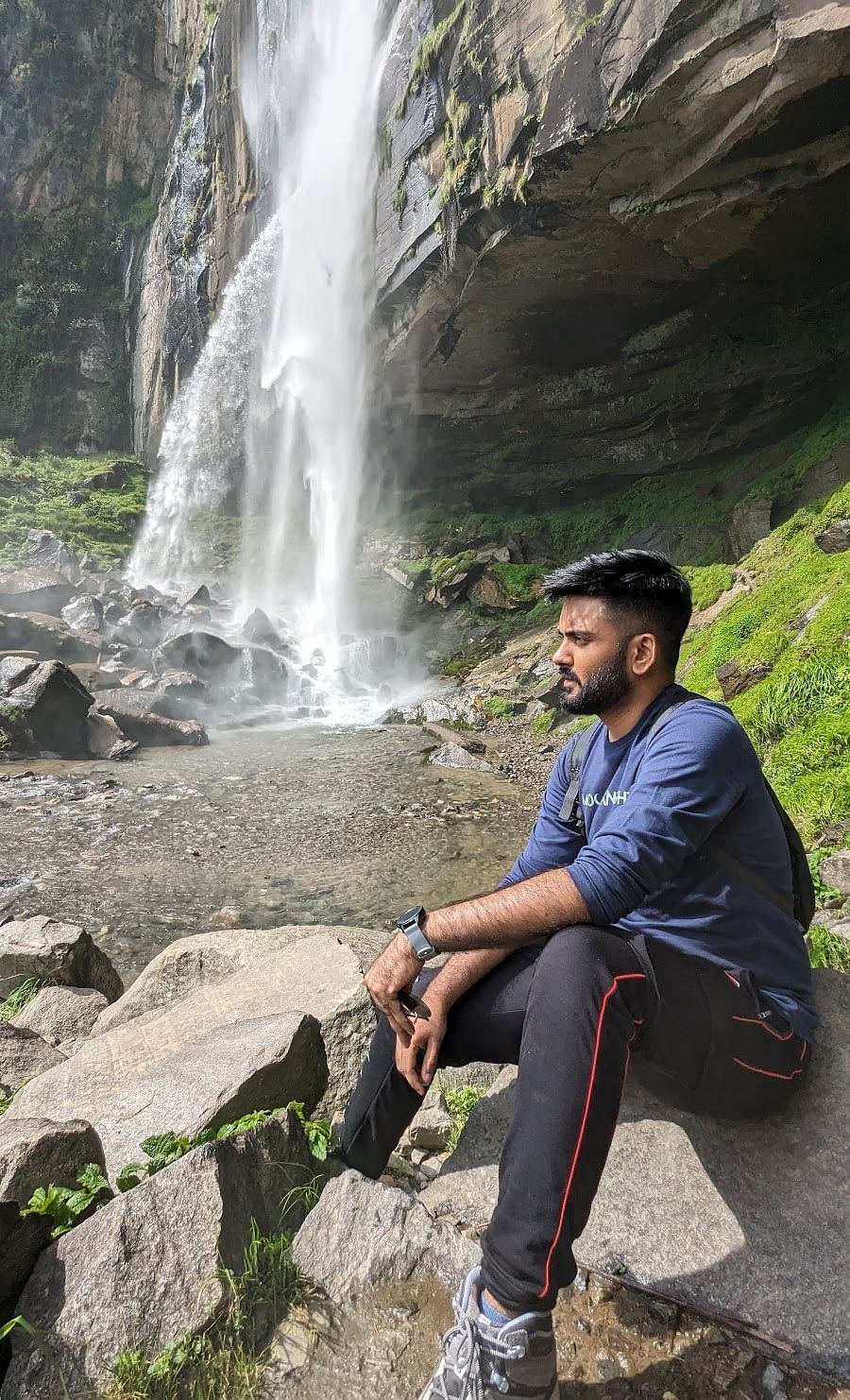Delhi; the heart of India is a bustling cultural hub, here you can find India’s most historical sites like Fatehpuri Masjid and diverse ethnicities coming together and living harmoniously as a family for centuries. Delhi, being the national capital, is a highly popular tourist destination drawing history buffs, ancient architecture appreciators, and regular tourists from all over the world. Moreover, there are many great weekend trip options from Delhi, that open up even more options for tourists to roam around.
Today, we will delve into the glorious past of Fatehpuri Masjid in Delhi, just like the renowned Nizammudin Dargah, this age-old building, stands tall against the tests of time, and tells tales of its magnificent past.
Diving Deep into the history of Fatehpuri Masjid
Also known as the Fatehpuri Mosque, the Fatehpuri Masjid is an ancient mosque situated in the Old Delhi area of India, it is highly significant to the Muslim community members of Delhi.The Fatehpuri Masjid Delhi was constructed in the year 1650, during the reign of Fatehpuri Begum, one of the wives of the famous Mughal Emperor Shah Jahan, who is renowned in history for creating one of the seven wonders of the world the Taj Mahal.
Fatehpuri Masjid derives its name from its creator’s name and, is an exemplary structure displaying the splendor of the Mughal architectural style and its impact on the core of India’s capital.
Let’s explore the ancient architecture of Fatehpuri Masjid.
The material used for the construction of the Fatehpuri masjid is red sandstone, a defining characteristic of the Mughal architectural style. Its layout consists of a grand prayer space with a gigantic dome, surrounded by towering minarets. The mosque’s elaborate embellishments consist of intricate carvings, attention to detail, and calligraphy, highlighting the creative skill of the Mughal-era artisans.
The Fatehpuri Masjid courtyard is vast and spacious and can accommodate many worshippers at once during prayers.
A well-known story linked to Fatehpuri Masjid Delhi revolves around its ability to withstand adversity. Throughout history, this monument has faced numerous obstacles and was also overlooked, yet it continues to stand tall, exuberating the magnificence of the Mughal Era. This steadfastness and determination are frequently mentioned as a testament to Delhi’s tenacious spirit.
What are the best things to do in Fatehpuri Masjid?
- Appreciate the Architecture: Pause for a moment and spend some time admiring and appreciating the details, patterns, and skillful work of the craftsmen of ancient times.
Some of the best things to see at Fatehpuri Masjid are the immaculate and intricate handmade patterns, carvings, and calligraphic designs.
- Capture the Beauty: Snap photos of the beautiful mosque and its vibrant environment. Capture breathtaking views and photographs of the city from the top of the Fatehpuri Masjid in Delhi.
- Prayer and Contemplation: Soak up your senses with the tranquility and serenity of this pious place. You can participate in the community prayers or quietly sit and have a moment for thought in Fatehpuri Masjid’s courtyard.
- Learn about Fatehpuri Masjid’s Past: Interacting with knowledgeable and elderly locals is the best way to gain deep insights into the mosque’s past and its religious significance.
Here are some tips for visiting Fatehpuri Masjid:
- Fatehpuri Masjid is a highly respected and revered place of worship, therefore be mindful and behave appropriately when visiting this monument.
- Before reaching the Fatehpuri Masjid Delhi location, you must know that it is located near some of the most popular places to visit in Delhi, therefore it remains very crowded, and taking public transport is advisable.
- Ensure that you are aware of Fatehpuri Masjid Timings which are from 6:00 AM to 9:00 PM all year round.
- Dress modestly and carry a headgear before entering the premises of Fatehpuri Masjid.
- Be respectful of the cultural and religious sentiments of the community and behave accordingly.
- Act as mindful tourists and avoid littering the place.
- Maintain silence and refrain from disturbing others when on the premises of Fatehpuri Masjid.
- Keep your mobile phone on silent when visiting Fatehpuri Masjid.
- Gather information about the festivals and religious ceremonies taking place at the Fatehpuri Masjid, to get an even better cultural experience.
- Keep some spare time to visit other iconic places near Fatehpuri Masjid.
What’s the best time to visit Fatehpuri Masjid?
Fatehpuri Masjid is open throughout the year from 6:00 AM to 9:00 PM, it can be visited any time one wishes to. However, the best time to visit Delhi is in the cooler months from October to March, during this time you can also explore the other historic places nearby.How to reach Fatehpuri Masjid?
Fatehpuri Masjid is located in the Old Delhi area, near Chandni Chowk, which remains extremely crowded and is frequented by thousands of tourists and locals on an hourly basis, therefore is it best to take public transport to reach Fatehpuri Masjid.By Metro: The Chandni Chowk metro station near Fatehpuri Masjid on the red line is the nearest public transport option, you can easily get off at the Chandni Chowk Metro Station and get an auto to reach Fatehpuri Masjid.
Are there any other places to visit near Fatehpuri Masjid?
There are several places to visit near Fatehpuri Masjid, with an even bigger historical relevance.- Jama Masjid
- Chandni Chowk
- Red Fort
- Raj Ghat
You can also try some mouthwatering delicacies of North India:
- Parathe Vali Gali– Renowned for a wide range of parathas from Rabri Pratha to Lemon Pratha.
- Jalebi Vali Gali– An age-old lane dedicated to the most loved sweet of India, Jalebi, do try the Paneer Jalebi here.
- Karim’s- Best for Mughlai and non-vegetarian cuisine.
- Lotan Chole Wala: For the best Chole Bhature in Chandni Chowk.




